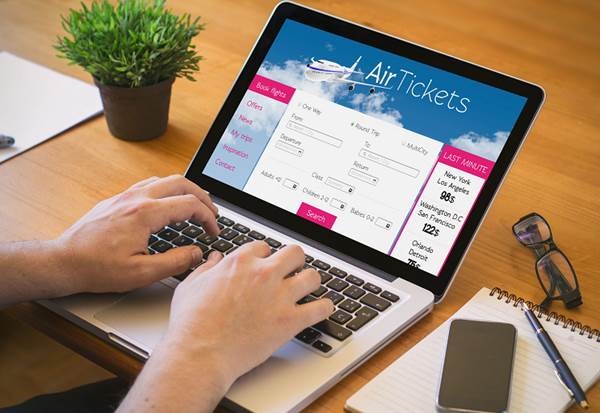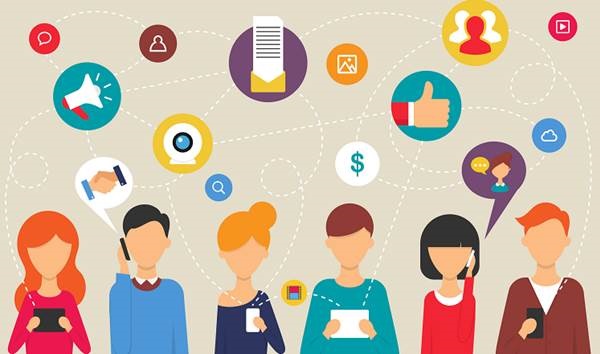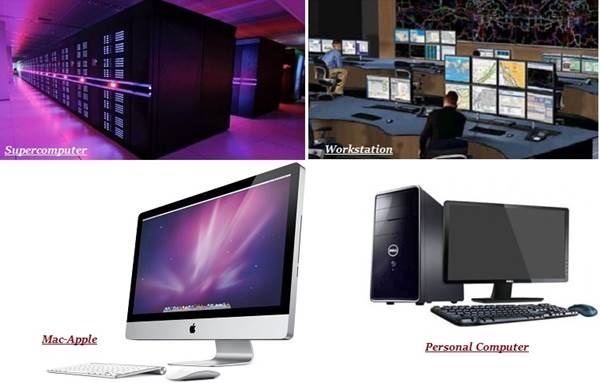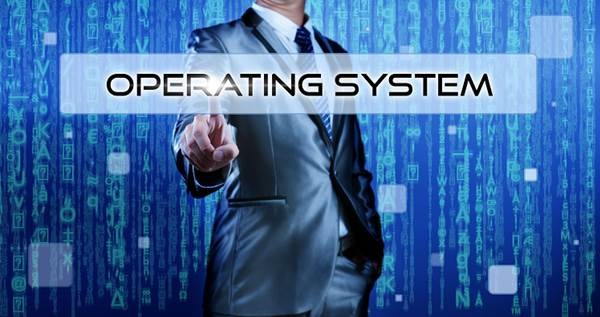A number of tasks in today’s world is computer based - filling an application, transferring fund, or doing online business everything can be done through computer application.
Easily accessible and user friendly, computer applications process the required transactions very quickly and accurately.
Computer applications are designed in such a simple manner that no qualification or training is required to use it; any person who can read and write can use computer application.
Uses of Computer Applications
In this section, we will discuss the different computer applications and their uses.
- On-line Application
- Real Time Application
- Business Application
Online Applications
Today, most of the applications are being accepted online, whether it is for opening a bank account, filling admission form, filling job application, etc.
Following are the important forms of online applications −
Banking
Most of the banks are interlinked through computer networking and offer core banking facilities. Computer networking helps maintain accounts online, offers net banking facility, makes available online transactions facility, and offers digital signature facility, the biggest advantage being that ATM machines can dispense money anytime, etc.
Ticket Booking
Ticket booking has become easier with computer networking. Flight ticket, railway ticket, and even bus ticket can be booked online with simple and easy steps.

Passport Application
If you want to apply for a new passport, you can do it by yourself online. Besides, you can also apply for other essential documents online such as PAN card, Aadhaar Card, etc.
Job Application
Today, most of the applications (private as well as government) are being filled online. Many of the organizations also conduct competitive exams leading to employment online.
Admission Application
Most of the schools and universities have made their admission applications available online; they also accept fees online.
Real-time Application
Real-time application is a computer based application program that functions in a given period of time. Or in other words, in a given period of time, a user has to perform certain functions before the time lapses.
For example, if you are making online transactions, then you have to provide the required information in a given time framework or else you will miss the chance.
Following are significant examples of real-time application −
Videoconferencing
With this technology, people can connect with each other visually from different places.

VoIP (voice over Internet Protocol)
This technology helps to make telephone calls over digital computer networks.
E-commerce transactions
This technology helps in buying and selling products over the digital computer network.
Online banking
Online banking is virtual banking from any place with the help of computer networks.
Instant messaging
This is where messages can be exchanged over the Internet instantly.
Online gaming
This enables playing of games partially or completely over the Internet.
Business Application
Different businesses have different computer applications; however, a few applications such as for maintaining the data base (of respective business), keeping employees’ records, offering online business facilities, online promotions, etc. are the common features of almost every business organization.
As such, introduction of computer technology has made business easier, simpler, and accessible 24×7.















